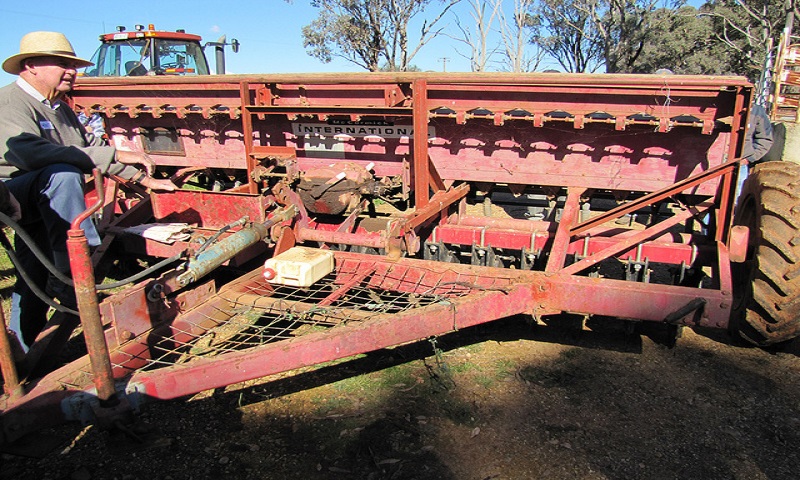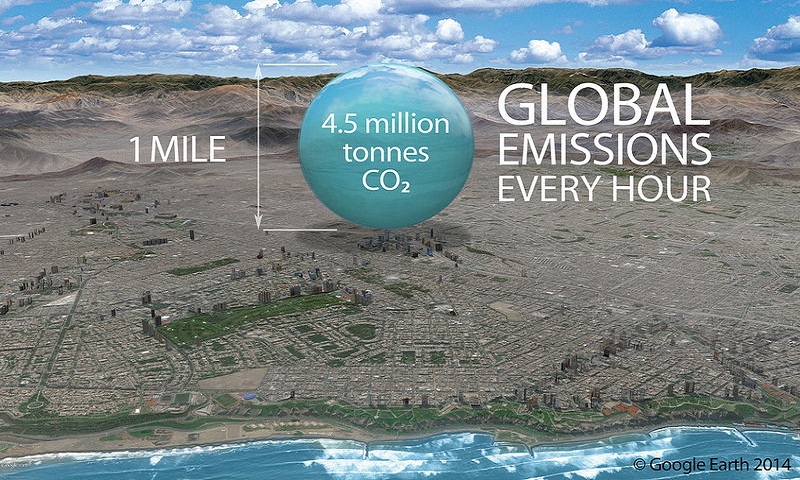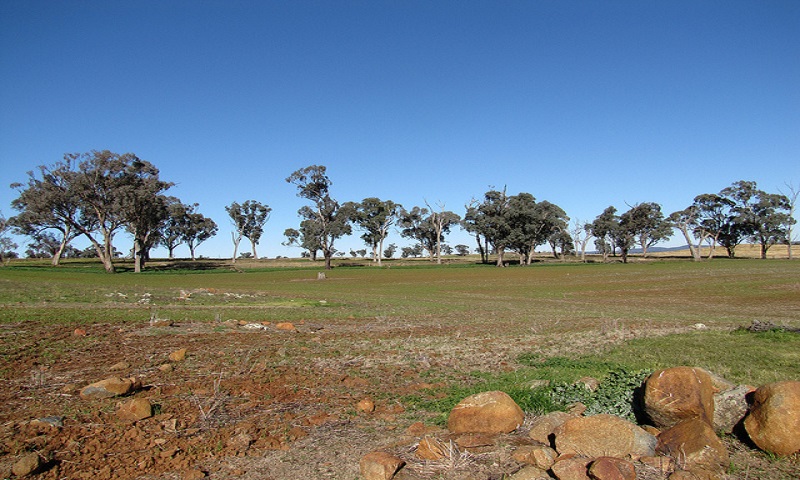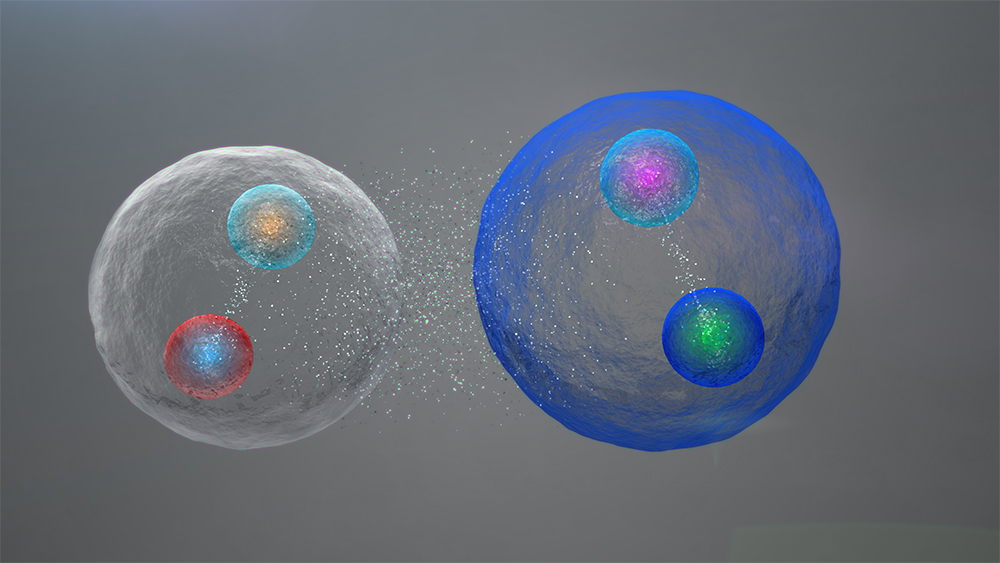We know for a fact the soil is fertile. The soil has certain nutrients that support plant growth. But have you ever wondered that what is it in the soil that makes it productive? One of the main ingredients of fertile soil is Carbon.
Carbon in the Soil – A boon
Yes, Carbon! Carbon helps give soil its water-retention capacity, its structure, and its fertility. Carbon though not much heard of in the context of land, is the main component of soil organic matter. Scientists say that more carbon resides in the ground than in the atmosphere and plant life together! Other elements are nitrogen, phosphorus and potassium.
A plant takes in carbon dioxide from the air. Using sunlight and a process called photosynthesis, it creates oxygen and other carbon compounds. The plant keeps what it needs. What it doesn’t need for growth is released through its roots and leaves. For example, oxygen not needed by the plant is released into the air through leaves. Similarly, the left over carbon compounds are released through the roots. This is how soil receives carbon.
Sadly, Our soils have lost between 50 and 70 percent of their original carbon stock.
How does carbon in the soil gets lost?
A farmer digs, stirs and overturns the soil to prepare it for growing the crop. Such a practice is called tilling. Every time the land is tilled it loses some of its carbon. Tiling the earth over and over again, especially with big machines, makes the soil lose its carbon in big amounts. The rapid cultivation of world’s land has resulted in Carbon leaching from the earth. Grazing of vegetation by animal herds and cutting of forests also leave the land bare. This is another way in which soil loses carbon.

Carbon in the atmosphere – Bane
Carbon leaked from the soil combines with oxygen in the air to make carbon dioxide. The amount of carbon dioxide in the atmosphere is becoming much more than what plants can consume. There is an imbalance of gases in the air. Carbon dioxide is a heat-trapping gas. So rapid rise of carbon dioxide will result in faster global warming. So what do we do to remove extra carbon dioxide from the environment?

Carbon Farming – A Fantastic solution
Carbon Farming is farming in a conscious way so that the soil holds its carbon. By using new ways of farming, we can return the carbon back to the ground. Wouldn’t it be great to see something present at a right place, to where it belongs? New regenerative techniques in farming can make carbon farming possible. These methods include planting the fields all year round with crops. The land should never be left bare. Agroforestry is another useful method that combines crops, trees, and animal husbandry. No-till cropping and grazing management are also useful ways of repairing the soil. Mulching, a process where compost is spread around an area enriches the soil with carbon. It’s just that simple to farm carbon!
Carbon farming boosts soil fertility which means better food production for the world’s population. It also means less atmospheric co2, which will lead to a better environment. More carbon in the soil also means that our fossil fuel reserves are getting replenished. Thus, Carbon farming is our solution for world’s climate, oceans, food, and energy solutions.
It’s time to turn back the carbon clock!
Image Credit: Featured Image by Flickr User Feral arts, via CC





Leave a Reply